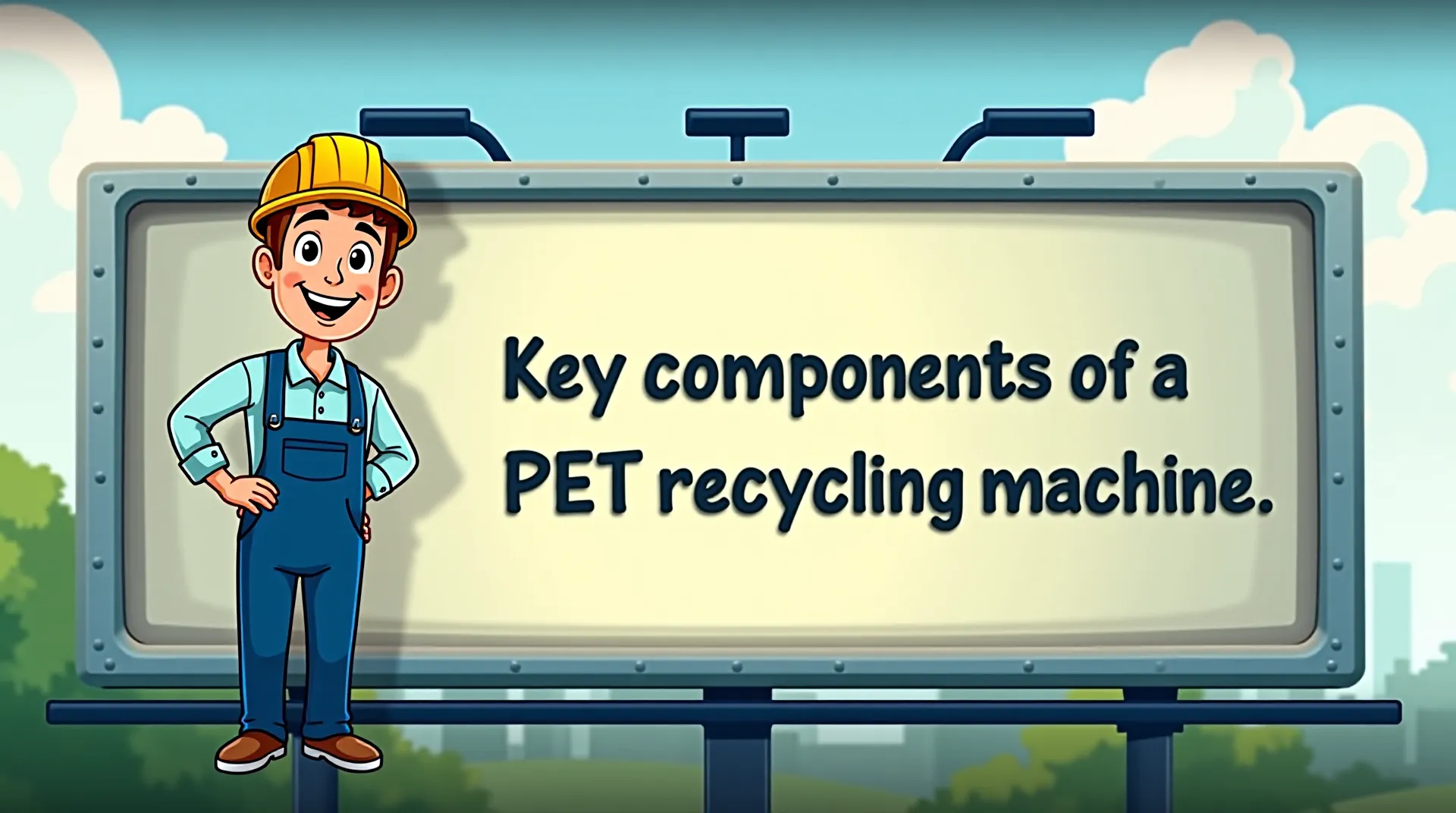In the quest for a greener planet, the role of PET recycling machines has become increasingly pivotal. These machines not only embody the spirit of environmental stewardship but also represent a significant leap towards sustainable waste management. This comprehensive guide delves into the key components of a PET recycling machine, offering insights into the technology that’s transforming the recycling industry.
PET Recycling Machine: The Heart of Modern Recycling
PET (Polyethylene Terephthalate) recycling machines are at the forefront of the recycling revolution, turning post-consumer plastic waste into reusable materials. These machines are a testament to the advancements in recycling technology, offering a beacon of hope in the battle against plastic pollution. By understanding the components and processes involved in PET recycling, we can appreciate the complexity and effectiveness of these machines in creating a more sustainable future.
Debaler Machine: The First Step in PET Recycling
The journey of recycling begins with the debaler machine, a crucial component that prepares PET bottles for the recycling process. This machine breaks down the bales of compacted PET bottles, allowing for individual bottles to be sorted and processed. The debaler machine is the unsung hero of the recycling process, setting the stage for the intricate steps that follow.
High-Speed Friction Washer: Ensuring Clean PET Flakes
Once the PET bottles are debaled, they encounter the high-speed friction washer. This machine is akin to a powerhouse, vigorously cleaning the PET flakes by removing contaminants such as dirt, food residue, and labels. The high-speed friction washer is essential for ensuring that the PET flakes are pristine before they undergo further processing, highlighting the importance of cleanliness in recycling.
Hot Washer For PET Flakes: Achieving Sterilization and Decontamination
The hot washer for PET flakes takes cleanliness to the next level. By using hot water and detergents, this machine sterilizes and decontaminates the PET flakes, ensuring they are free from any biological contaminants. The hot washer is a critical step in the recycling process, guaranteeing that the final product is safe and of high quality.
Sink Float Separation Tank: The Principle of Density Separation
The sink float separation tank employs the principle of density separation to distinguish PET flakes from other materials. PET flakes, being lighter, float on the surface while heavier contaminants sink to the bottom. This process is vital for ensuring the purity of the PET flakes, further illustrating the sophistication of PET recycling machines.
Label Separator: Removing Non-PET Materials
The label separator plays a pivotal role in removing non-PET materials, such as labels and glue, from the PET flakes. This step is crucial for maintaining the quality of the recycled material, ensuring that only pure PET flakes proceed to the next stage of the recycling process. The label separator exemplifies the meticulous attention to detail required in PET recycling.
Plastic Granulator: Turning PET Flakes into Reusable Material
The final step in the PET recycling process involves the plastic granulator, which transforms the clean PET flakes into granules or pellets. These granules can then be used to manufacture new PET products, completing the recycling loop. The plastic granulator is the culmination of the recycling process, symbolizing the transformation of waste into valuable resources.
Frequently Asked Questions
- What materials can a PET recycling machine process?
- A PET recycling machine is specifically designed to process PET materials, primarily used in beverage and food containers.
- How does the debaler machine contribute to the recycling process?
- The debaler machine breaks down compacted bales of PET bottles, making it easier to sort and process them individually.
- Why is the hot washer necessary in PET recycling?
- The hot washer sterilizes and decontaminates the PET flakes, ensuring they are free from biological contaminants and safe for further use.
- What is the purpose of the sink float separation tank?
- It separates PET flakes from heavier contaminants based on density, ensuring the purity of the PET flakes.
- How does the label separator enhance the quality of recycled PET?
- It removes non-PET materials like labels and glue, maintaining the quality of the recycled material.
- What happens to PET flakes after they go through the plastic granulator?
- They are transformed into granules or pellets, which can be used to manufacture new PET products, thus completing the recycling loop.
Conclusion
PET recycling machines are a cornerstone of modern recycling efforts, offering a sophisticated and effective solution to the problem of plastic waste. By understanding the key components and processes involved, we can better appreciate the technology that’s making sustainable waste management a reality. As we continue to innovate and improve PET recycling technologies, we move closer to a future where plastic pollution is a thing of the past.



